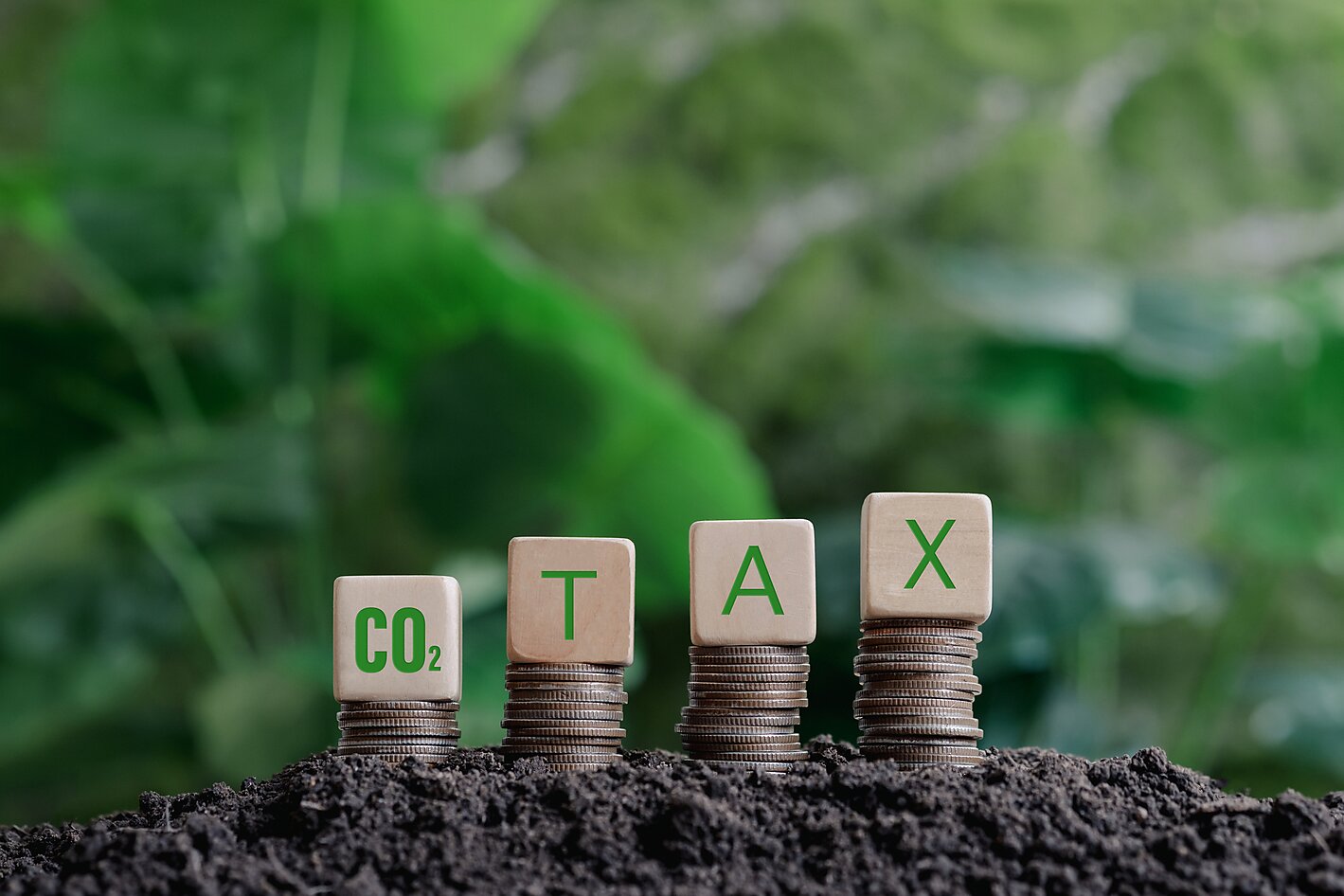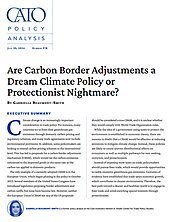The only example of a currently adopted CBAM is in the European Union, which began phasing in the policy in October 2023. Several members of the United States Congress have introduced legislation proposing border adjustments and carbon tariffs, but none have become law. However, neither the European Union’s CBAM nor any of the US proposals should be considered a true CBAM, and it is unclear whether they would comply with World Trade Organization rules.
While the idea of a government using taxes to protect the environment is established in economic theory, there are reasons to doubt that a CBAM would be effective at reducing emissions to mitigate climate change. Instead, these policies are likely to create uneven distributional effects on consumers as well as multiple pathways for rent seeking, cronyism, and protectionism.
Instead of imposing more taxes on trade, policymakers should pursue freer trade, which would provide opportunities to tackle excessive greenhouse gas emissions. Centuries of evidence have established that trade spurs economic growth, which contributes to cleaner environments. Therefore, the best path toward a cleaner and healthier world is to engage in freer trade and avoid enriching special interests through protectionism.






